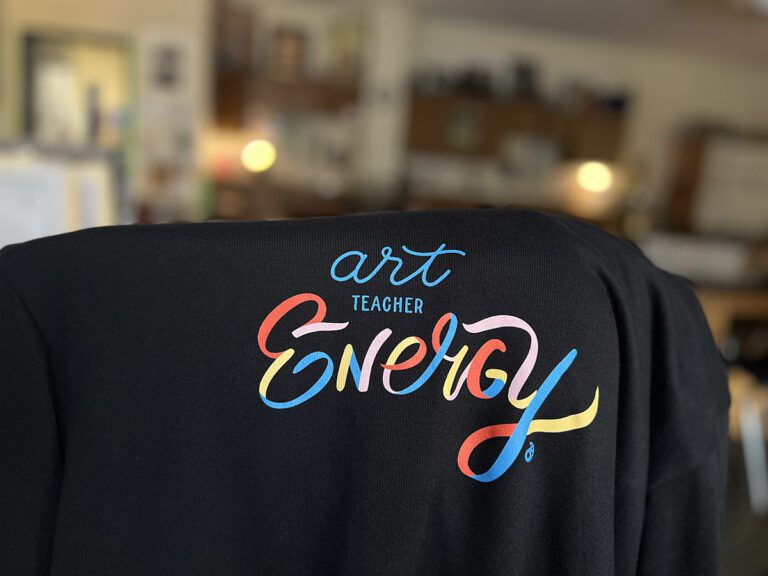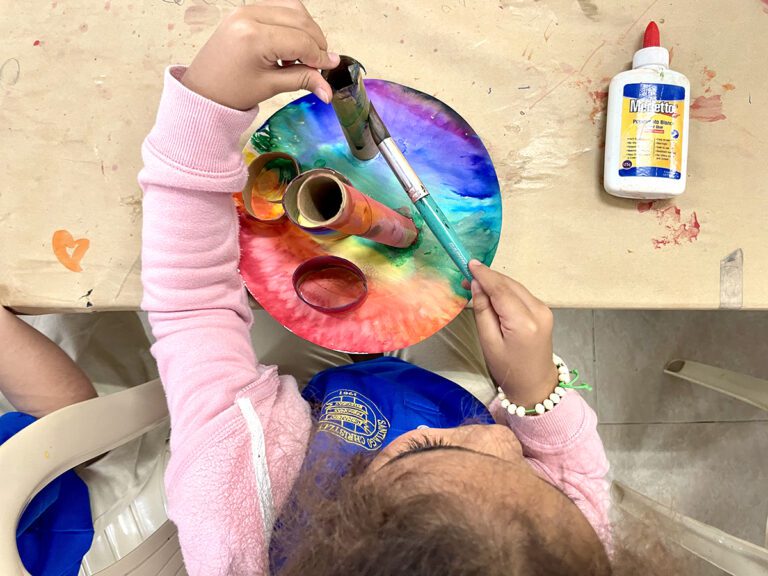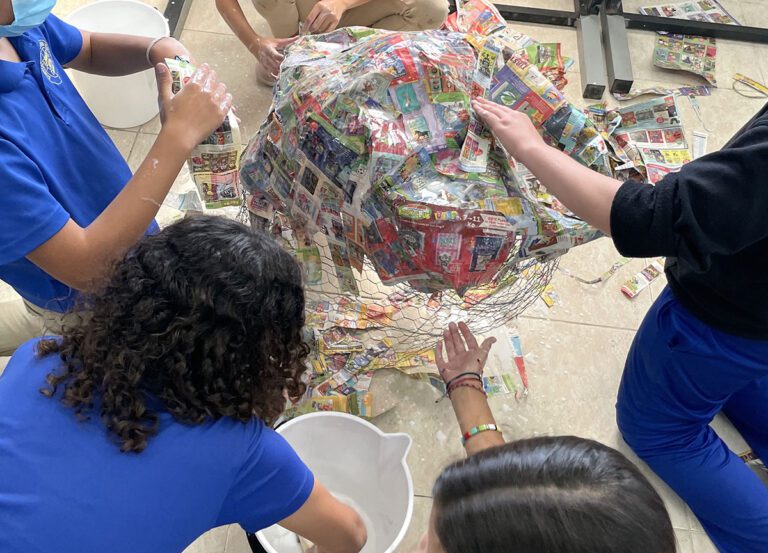As an educator, you know so much of teaching is building relationships with your students. Once students know you care about them, they are much more likely to engage. One way to help develop a positive relationship with your students is to share some of your own interests with the class. This helps your students connect to you as a person, and not just their teacher. By sharing your non-art interests with students, you become more relatable as students may find you share common interests.
5 examples of personal interests to share in the classroom:
1. The Outdoors
Do you love to hike or camp? Are you more of a beach person? If you have a natural desire to be out in nature, this can be a great way to connect with your students. Nature provides infinite possibilities for art projects as well. Bring in some of your photos, pressed flowers, or seashells to share with your students and to use as inspiration for a drawing or painting exercise. Symmetry, radial balance, repeated shapes and colors are all found in nature. Have your students explore and collect their own natural elements to bring in for a classroom still life. Share artists like Georgia O’Keefe, Claude Monet, or Charles Burchfield with your students. Several artists depict their love for the natural environment through their artmaking.
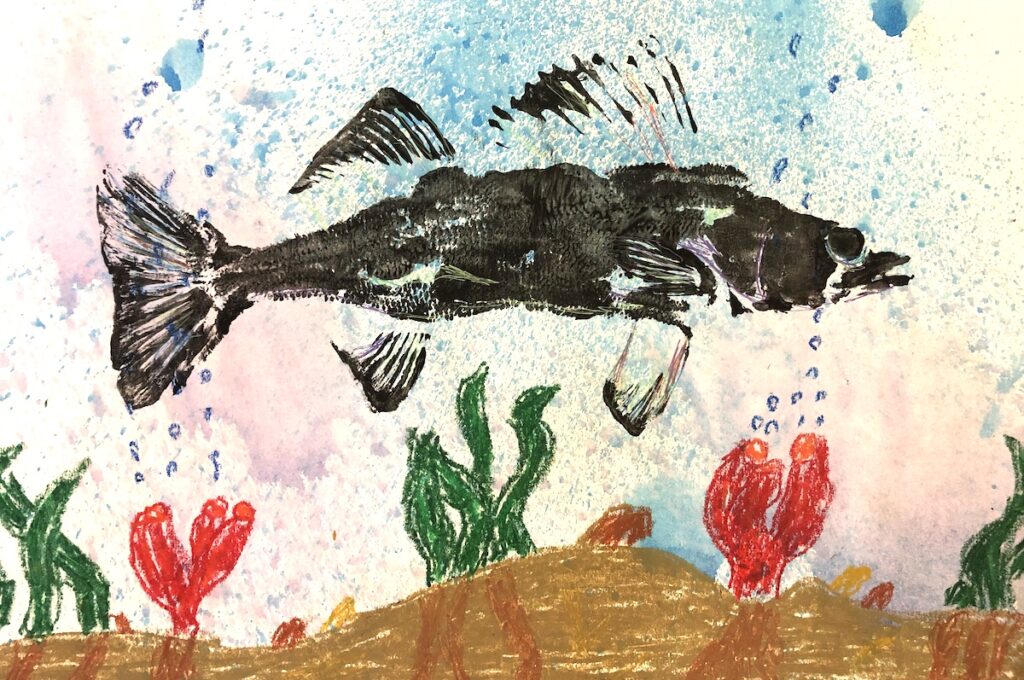
Go one step further and take your students outside for inspiration! Create land art sculptures and photographs inspired by British artist Andy Goldsworthy. Here are some tips on how to get started with “How to Inspire Your Students with Artist Andy Goldsworthy.”
2. Travel
If you’re not a great outdoors person, you may prefer city life or traveling to new and exciting places. This can provide your students with great insight into your life outside of school. Your travels can show them you value learning through experience and seeing more of the world outside your school community. Bring in photos, souvenirs, and brochures to give the class a glimpse into the places you’ve visited. Share any art museums or art-specific sites to show your passion and connection to the curriculum as well.
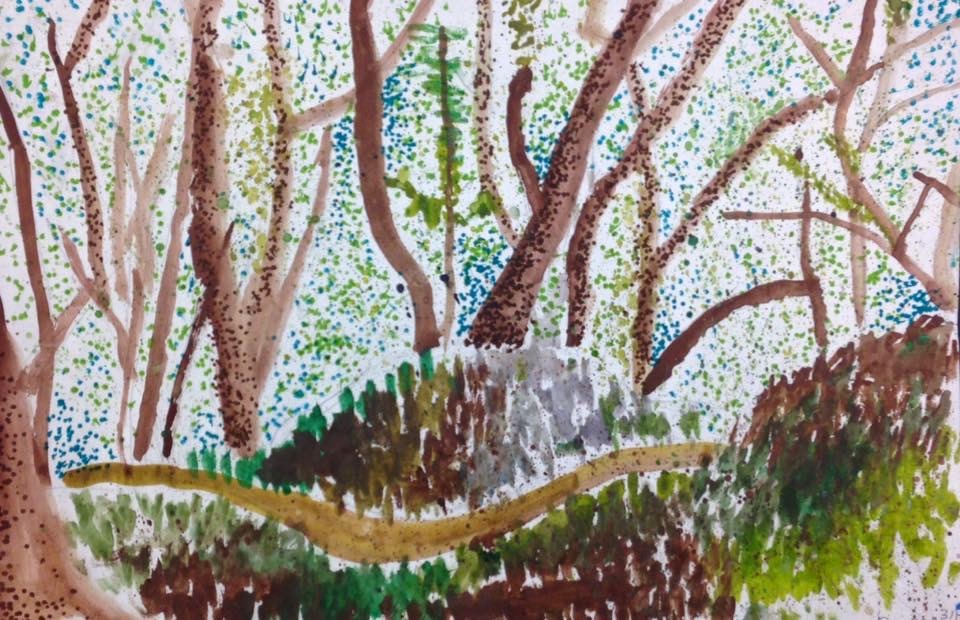
For more ideas on how to incorporate your travels to the classroom, check out “4 Ways to Make Travel a Part of Your Teaching.”
3. Animals
Sharing stories about your pets can be a great way to connect with students as well. Many of your students may have a family pet of their own, and you can create some common ground by sharing yours. Beyond pets, you may have other animal lovers in your classroom. From safari animals to school mascots, there may be different animals your students would love to include in their artwork.
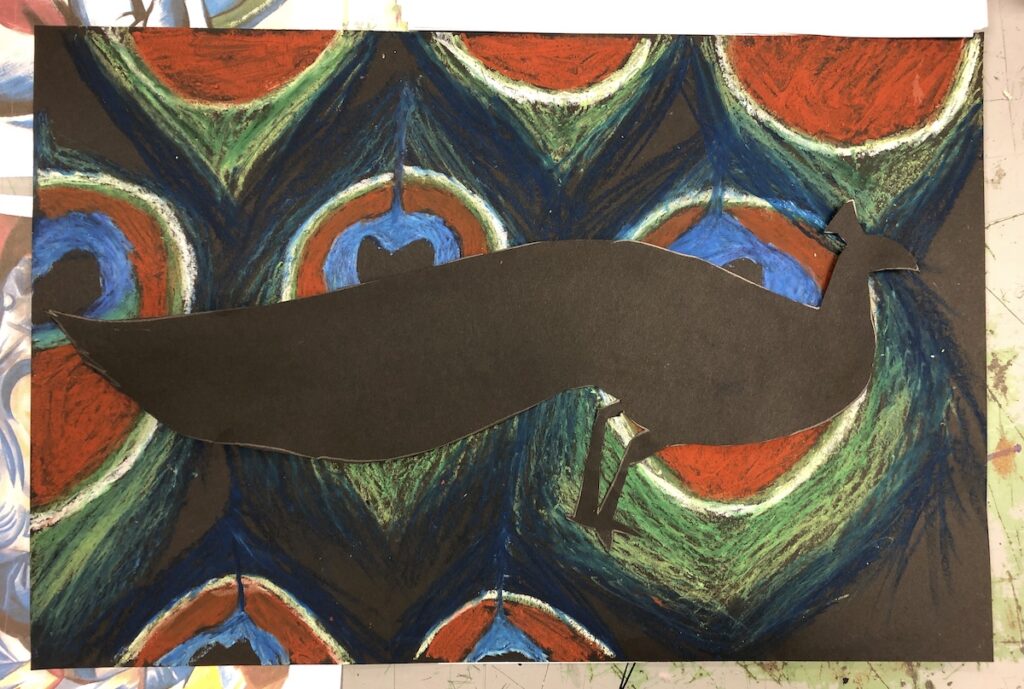
Throughout history, artists have documented a great variety within the animal kingdom. Artists like Franz Marc, and Andy Warhol all put animals front and center in their artwork. You could use “favorite animal” as an ice breaker question, or survey question at the beginning of the year to get to know your students a little better. Be sure to share yours as well!
You can use animals as the subject for a drawing exercise on symmetry. Look for coloring pages of symmetrical animals. Butterflies, insects, and animal faces are great subjects. Fold or cut the paper in half down the line of symmetry. Run copies off of this image, so half is missing. Ask your students to complete the drawing!
4. Sports
Sports can be an excellent area to connect with students who may not otherwise have a connection to art. Sharing your favorite team can be a great place to start, but be ready for as many rivals as fans!
One way to approach this interest would be to have a project where students could incorporate symbols about themselves. In your example, you may include the equipment needed for your favorite sport, i.e., a volleyball. This gives students a bit of insight about you, but also provides an example of how they can incorporate their own favorite sport to the project. Point out to students that sports teams need artists to design uniforms and merchandise, logos, and billboards. Help sports-enthused students make a connection to your art curriculum.
For more ideas on how to approach sports and art, check out “5 Projects to Engage Students Interested in Sports.”
5. Pop Culture
Pop culture is a very broad term, but it may be the topic your students are most “tuned in” to. Today’s students have constant access to screens and media. They have specific opinions and interests. Share a few of your favorite movies or bands with students so they might be comfortable sharing theirs with the class. Package design projects for their favorite band would be a great way to tie in popular culture with a graphic design curriculum. Creating relief prints of their favorite superhero would be a great lesson in symbolism, color schemes, and/or logo design.
Robert Rauschenberg is a great artist to introduce pop culture. Several of his prints include figures and products that act as a time capsule. Students could create their own collages to represent their current interests.
You will start to notice each time you share your interests with students; they are encouraged to share theirs as well. As we try to educate the whole child, we can model to students how all aspects of their identity can come through in their artwork. Their projects will become more personal, and in turn, students may be more invested in the work they are creating. Projects should allow for individual student creativity. Encouraging students to incorporate a bit of themselves, and their interests can be a great place to start.
How do you encourage students to incorporate their interests to their artmaking?
What personal interests do you share with your students? How do they react?
Magazine articles and podcasts are opinions of professional education contributors and do not necessarily represent the position of the Art of Education University (AOEU) or its academic offerings. Contributors use terms in the way they are most often talked about in the scope of their educational experiences.


